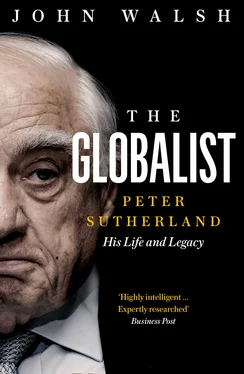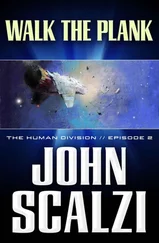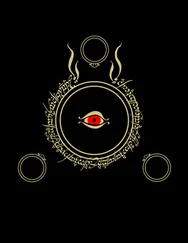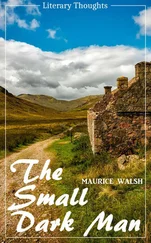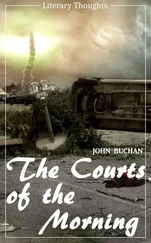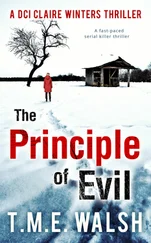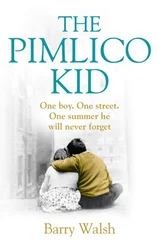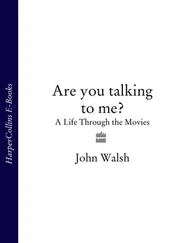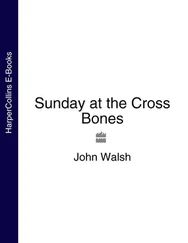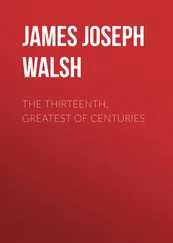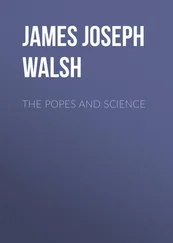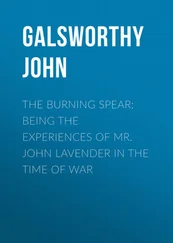1 ...6 7 8 10 11 12 ...19 A schism developed within Fine Gael around the late 1960s. A Dublin-centred liberal wing had formed around Costello, whereas a more rural, law and order wing remained loyal to party leader Liam Cosgrave. Sutherland and FitzGerald were firmly on the liberal wing, while future Taoiseach John Bruton was in the Cosgrave camp. According to party sources, Sutherland and Bruton, while very respectful of each other, never developed a close relationship. On the other hand, Sutherland’s relationship with FitzGerald, probably more than any other in his life, would have profound consequences. But then again, while he remained loyal, he was not unaware of FitzGerald’s otherworldliness.
‘All of us had an ambivalent relationship with Garret – he could drive you bananas,’ says Gemma Hussey, a former Fine Gael minister. ‘I mean I was a great friend and an admirer of Garret’s. He was a good, honest, clever internationalist, but he was very scattered. And he’d have his mind changed very easily.’ If she was going to meet FitzGerald about something, her husband Derry would tell her that it might be a good idea to find out who the last person FitzGerald had spoken to was, because that person would have changed his mind. ‘I think it probably drove Peter a bit mad.’
Sutherland decided to dip his toe into the bearpit of elected politics. Friends are divided as to whether by doing so he was merely laying down a marker to be used as leverage when Fine Gael got into government, or whether he was intent on pursuing a career in the Dáil. He ran for Fine Gael in Dublin North West in the 1973 general election. Comprising as it did the working-class areas of Ballymun and Cabra, this would have been far from his natural constituency. ‘I have often wondered why he did it,’ Gemma Hussey says. ‘But then you have to throw your mind back to the times.’ Sutherland, she believes, would have felt strongly that a Fianna Fáil government with Charles Haughey in its ranks would not be good for the country. ‘He did it out of a sense of duty. A lot of things that Peter did were out of a sense of duty, I think.’
Michael Sweetman had originally been selected to run for Fine Gael in Dublin North West. One of Ireland’s first committed Europhiles, Sweetman had spearheaded the 1972 referendum on Ireland’s entry into the European Economic Community, having helped Declan Costello put together ‘Towards a Just Society’. Tragically Sweetman was one of twelve Irish businessmen killed in an air crash on 18 June 1972. The group, who were among the most prominent industrialists in the country, were on their way to Brussels to set up a bureau to lobby on behalf of Irish businesses following accession to the EEC. The plane went down near Staines, west of London, shortly after taking off from Heathrow. All 118 people on board were killed.
Mary Robinson, then a Senator, and Garret FitzGerald were among those who paid tribute to Sweetman. In many ways he had foreshadowed Sutherland – he had advised Fine Gael on Europe and Northern Ireland – so it was perhaps fitting that Sutherland should take his place in the election.
Costello had been the TD in Dublin North West from 1951 until 1969 when he stood down, although he contested the 1973 election in the Dublin South West. He would serve as attorney general in the Fine Gael–Labour coalition between 1973 and 1977, and as a judge in the High Court between 1977 and his retirement in 1998. According to Peter Prendergast, head of elections for Fine Gael in the 1973 election, the rationale for running Sutherland in Dublin North West was that the seat had been held for eighteen years by Costello, who was also a barrister and came from a similar social background to Sutherland. However, friends say Sutherland was well aware that his personal circumstances jarred with his putative constituency and that is why he put Carraig an tSionnaigh, the Irish version of his address, in his campaign leaflets to disguise the fact that he lived in Foxrock.
Hugh Byrne was Sutherland’s running mate. A somewhat eccentric character with colourful and controversial views, when François Mitterrand, the former French president, was on a visit to Ireland, the Department of Foreign Affairs was staggered and dismayed in equal measure that he wanted to meet Byrne, who he had met at a EU council meeting years earlier and found to be a very agreeable companion. ‘He was normally kept well away from civilised company,’ says one Fine Gael source.
In 1973 Byrne was a Fine Gael councillor in the area, with well-established links in the community: he was a GP and a member of the local boxing club. Although the odds were heavily stacked against him, Sutherland took the election very seriously. ‘Anybody who runs thinks they are in with a chance,’ says Prendergast. The constituency may not have been Sutherland’s natural territory, yet he took to the campaign trail with the same vigour he displayed on the rugby pitch. The dashing young barrister with an abundance of charm soon began to make an impact on the doorstep. One of the peculiarities of Irish politics is that there can often be more rivalry between party colleagues running in the same constituency than between candidates from opposing parties. The electoral system is based on multi-seat constituencies with TDs elected through a system of proportional representation by a single transferable vote. The logic is that there is a much better chance of unseating an opposing candidate in a subsequent election, than unseating a party colleague.
This particular dynamic has given the normal cut and thrust of electioneering an added edge. But even by the standards of campaign subterfuge that have prevailed in Ireland, what happened in Dublin North West in 1973 has attained a unique place in the pantheon of strokes and cute hoorism . Social media has raised (or lowered) the dark arts of campaign interference to a highly sophisticated level. Before the era of mass communications, however, political parties intent on undermining a rival candidate had to resort to much cruder tactics. Byrne’s camp, who as they entered the election had estimated Sutherland’s chances at somewhere between nil and zero, became alarmed at the feedback they were getting from the doorsteps.
Locals were taken with the handsome young barrister with the silver tongue. When moreover, rumours began to circulate that Sutherland had a beautiful and exotic wife, the Byrne camp collectively decided that a more interventionist approach to their party rival would have to be taken.
Sutherland spent one evening knocking on doors around Cabra, to a generally positive response. Meanwhile a team of volunteers in the Byrne camp had reputedly found a Nigerian student from the Trinity medicine faculty. Asked to accompany them to the same houses that Sutherland had visited the previous evening, she was introduced as Mrs Sutherland. The consensus formed among Byrne’s volunteers was that in early 1970s Ireland, proof of an interracial marriage was enough to break any fledgling political career.
Prendergast insists that Byrne had no direct role in the underhand tactic. But whether he played an indirect role remains one of the great unanswered questions in Irish political life. According to Nicholas Kearns, Byrne and Sutherland ‘were made for each other. He [Sutherland] wouldn’t have minded that. He would have expected it.’
In the event, Sutherland lost the election. He secured 1,969 votes, or 6.24 per cent of the votes cast and promptly lost his deposit. Overall, though, it was a respectable performance. He had come sixth out of ten candidates: Jim Tunney of Fianna Fáil came first, Byrne took the second seat, David Thornley of Labour took the third and Fianna Fáil’s Richard Gogan took the fourth. It was one of the few setbacks in Sutherland’s career. According to Garrett Sheehan, however, losing the election did not greatly distress him: ‘If it was a disappointment, it was a very brief one.’
Читать дальше
